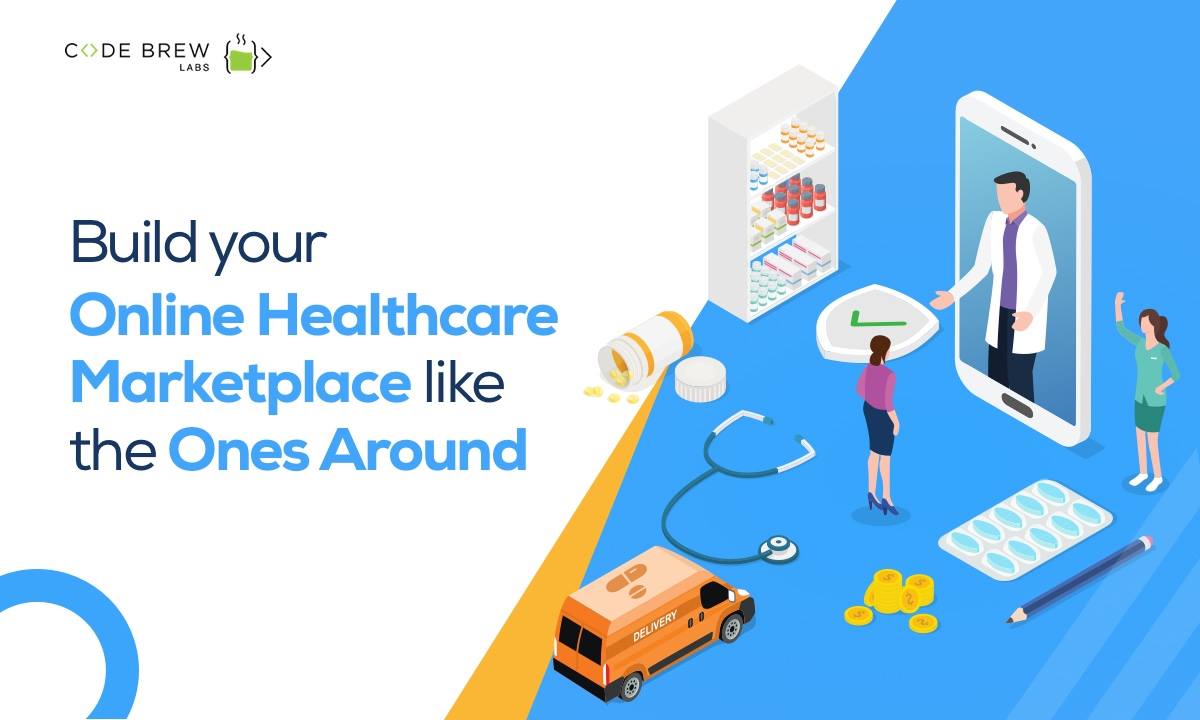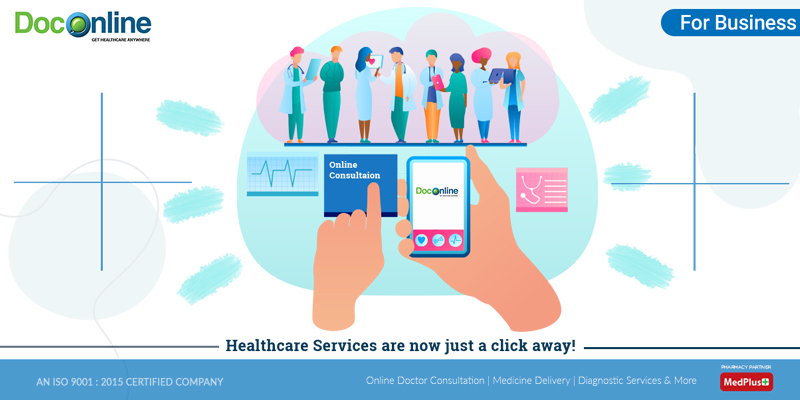Why Subscription Based Healthcare is Getting Popularity Among Patients Today
Why Subscription Based Healthcare is Getting Popularity Among Patients Today
Blog Article
The Surge of Subscription-Based Medical Care and Its Impact on Client Treatment
As health care evolves, the subscription-based version is acquiring traction, guaranteeing to revolutionize client care by using predictability and accessibility. These models, which bypass standard insurance policy, could redefine the patient-doctor dynamic, emphasizing customized and precautionary care. Yet, similar to any kind of innovation, they present obstacles, especially worrying equitable gain access to for all socioeconomic groups. The potential for these versions to improve medical care distribution increases pressing questions about their long-term sustainability and inclusivity. Are these registration solutions the future of health care, or do they run the risk of leaving susceptible populations behind? The intricacies of this change warrant a more detailed assessment.
Understanding Registration Healthcare Versions
Comprehending the concept of membership healthcare versions includes examining a transformative technique to clinical services that stresses affordability and availability. These models, often referred to as straight health care (DPC) or concierge medicine, have actually become cutting-edge alternatives to standard fee-for-service healthcare systems. Membership medical care allows individuals to pay a fixed regular monthly or yearly cost for a defined set of clinical solutions, which may include endless office check outs, regular check-ups, and fundamental lab tests, without the need for typical insurance policy billing.
The structure of membership medical care versions is created to simplify individual treatment by getting rid of third-party payers and intricate payment codes, consequently reducing administrative burdens. Health care suppliers can focus more on individual care, promoting stronger patient-provider partnerships. This design also promotes preventative treatment by encouraging regular check outs, as the monetary barrier of per-visit costs is gotten rid of.
The membership model commonly equips doctor to manage smaller sized patient panels, permitting more personalized care. It straightens financial rewards with client health and wellness end results, as companies are inspired to keep individual satisfaction and health. Generally, recognizing membership medical care designs requires recognizing their possible to reshape just how care is delivered and accessed.
Benefits for Patients and Companies

With a stable earnings stream, healthcare specialists can devote even more time to each individual, leading to a more complete and customized treatment experience. The emphasis on precautionary treatment within subscription strategies can lead to better client end results and reduced long-term healthcare costs.
Challenges and Concerns
While subscription-based healthcare versions existing countless advantages, they likewise come with a set of difficulties and issues that should be dealt with. This raises ethical questions concerning fair access to health care services.
Financial sustainability of subscription-based versions is an additional worry. Providers must stabilize the set income from subscriptions with the variable prices of medical care services, which may rise and fall because of unexpected medical demands. This can produce stress to limit solutions or increase fees, possibly impacting person satisfaction and care top quality.
Moreover, governing oversight of subscription-based healthcare models is still progressing. Addressing these challenges is important for the effective and fair execution of subscription-based healthcare.
Influence On Patient-Doctor Relationships
One considerable influence of subscription-based medical care versions on patient-doctor partnerships is the possibility for boosted connection and personalized treatment. By taking on a subscription model, physicians can manage a smaller client panel, enabling for more dedicated time more helpful hints with each individual. This increased availability fosters a deeper understanding of a patient's medical background, way of living, and choices, allowing a lot more tailored treatment strategies and treatments.

Nevertheless, it is essential to recognize that while subscription-based versions may profit those who can afford them, they can unintentionally widen medical care variations. Patients that are unable to take part in these designs might experience lower access to individualized care, possibly impacting their partnerships with health care providers. Hence, while the subscription version provides appealing benefits for patient-doctor connections, it likewise presents challenges that need to be addressed to make sure equitable health care accessibility.
Future of Health Care Accessibility

The role of technology can not be neglected in this change. Telemedicine platforms and electronic health records facilitate seamless communication in between people and medical care companies, breaking down geographical and logistical barriers. Additionally, advancements in artificial intelligence and information analytics can additionally customize medical care by predicting person demands and maximizing treatment plans.
Nonetheless, the future of medical care gain access to also presents obstacles, such as making sure equity across different socio-economic teams. Policymakers and health care companies have to team up to connect the digital divide, making certain that subscription-based models stay inclusive and affordable. As these hop over to these guys systems grow, they hold the assurance of making health care more obtainable, effective, and patient-centric.
Verdict
Subscription-based medical care versions are improving individual treatment by supplying a steady expense structure and enhancing ease of access. The rise of subscription-based medical care motivates proactive patient involvement, which has the potential to boost client results and fulfillment, indicating a transformative shift in medical care distribution.
As health care progresses, the subscription-based design is acquiring traction, assuring to change person care by providing predictability and accessibility.Subscription-based healthcare versions use unique advantages for both people and providers, improving the overall medical care experience.As health care systems evolve, the future of medical care gain access to frequently pivots on the integration of cutting-edge designs and modern technologies.Subscription-based health care models are improving patient treatment by providing a secure cost framework and enhancing access. The rise of subscription-based medical care encourages aggressive client involvement, which has the prospective to boost client end results and complete satisfaction, signifying a transformative shift in health care he said distribution.
Report this page